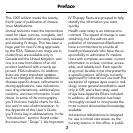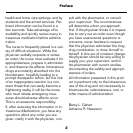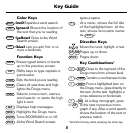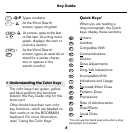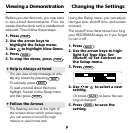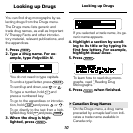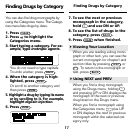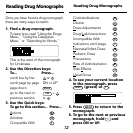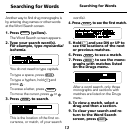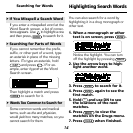
3
This 1997 edition marks the twenty-
fourth year of publication of
Intrave-
nous Medications
.
Annual revisions meet the tremendous
need for clear, concise, complete, and
accurate information on newly released
and existing IV drugs. This has been a
huge year for new IV drug approvals
by the FDA. Sixteen new drugs are in-
cluded (two are available only in
Canada and the United Kingdom, and
one is a new formulation of an old
product [warfarin] with a newly ap-
proved FDA indication.) In addition,
there are many important updates,
such as changes in dose, additional
disease-specific doses, refinements in
dosing applications, new indications,
new drug interactions, additional pre-
cautions, and new information in anti-
dotes. In some of the monographs,
you’ll find new, helpful charts for dilu-
tion and/or rate of administration. In
the Appendix of this User’s Guide,
you’ll find a key to abbreviations. In the
“Introduction” section (found under
the menu item “Drugs”), the Important
IV Therapy Facts are grouped to help
identify the information you want
quickly.
Health care today is an intense envi-
ronment. The speed of change is over-
whelming, but the authors and
publisher of
Intravenous Medications
have a commitment to provide all
health professionals who have the re-
sponsibility to administer IV medica-
tions with complete, accurate, current
information in a clear, concise, acces-
sible, and reliable tool. Each specific
drug must be able to be interpreted for
a specific patient. All drugs currently
approved for intravenous use (with the
exception of opaque dyes used in radi-
ology, some general anesthetics used
only in OR, and a few rarely used
drugs [see Appendix B] are included.
In addition, all information has been
thoroughly revised to incorporate the
most current documented knowledge
available.
Intravenous Medications
is designed
for use in critical care areas, as the
nursing station, in the office, in public
Preface






